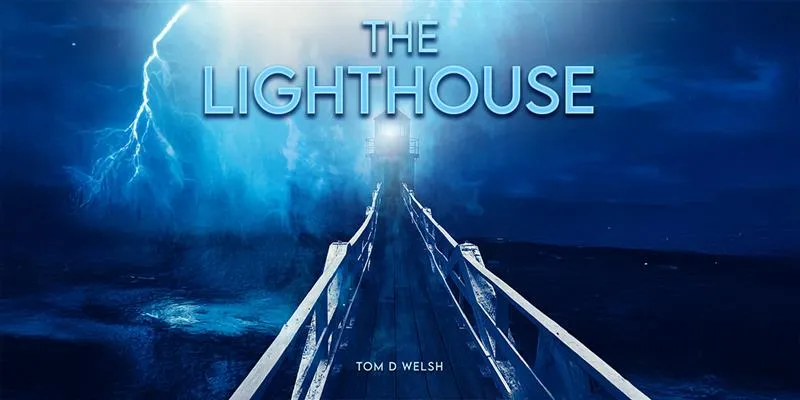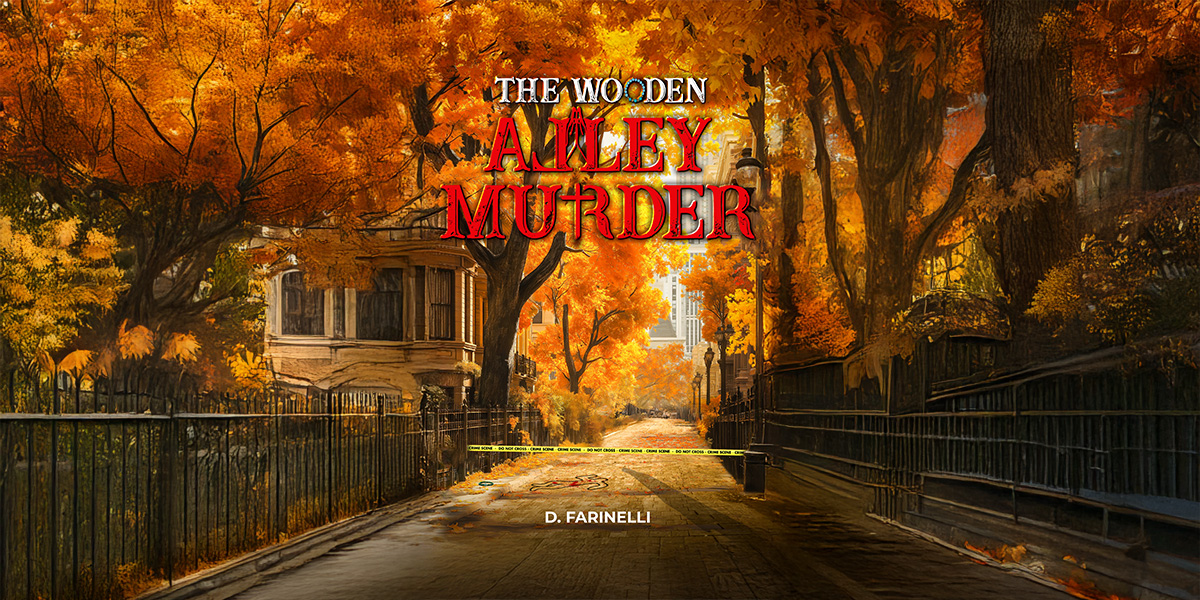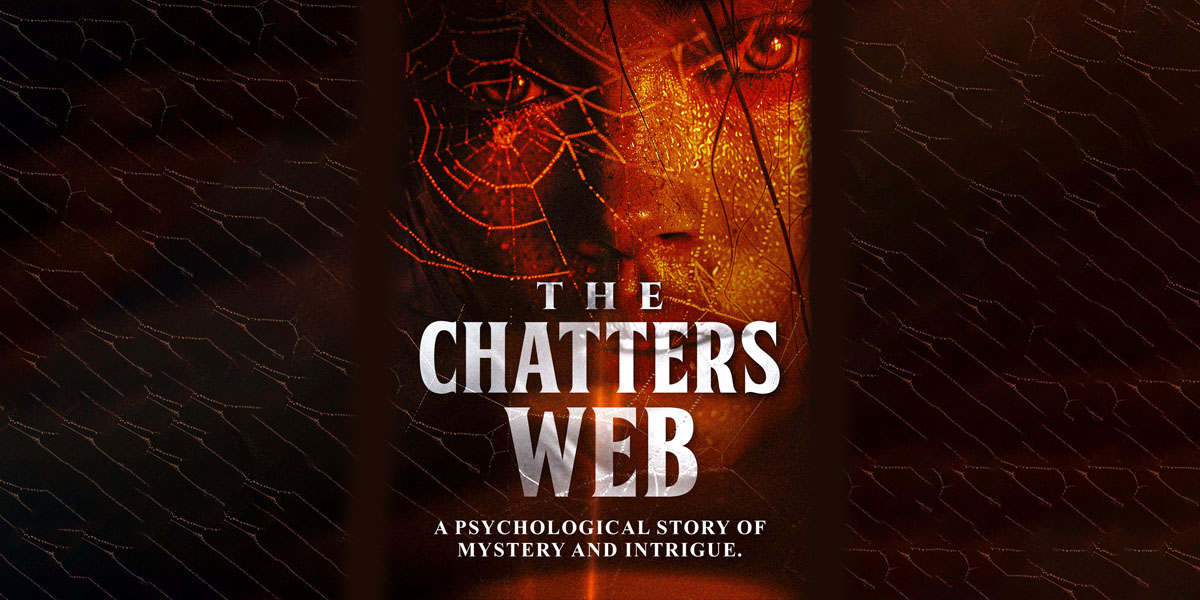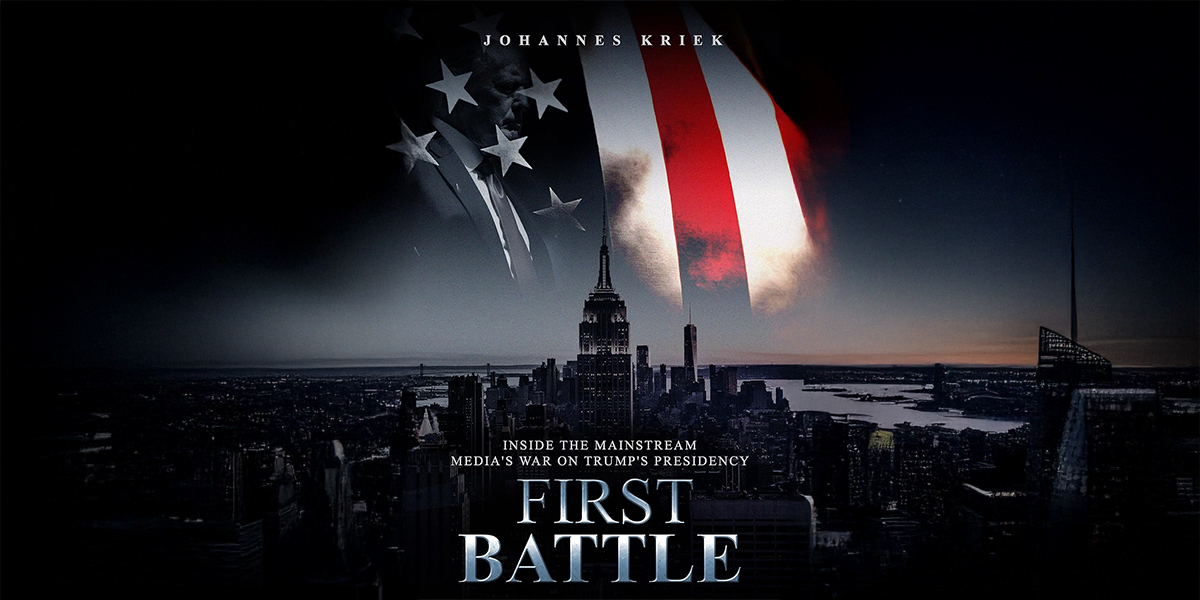From Concept to Creation- Building Memorable Characters and Worlds

If there’s one thing that can make a story truly unforgettable, it’s characters and worlds that feel real enough to jump off the page. Creating memorable characters and immersive settings is the key to pulling readers into your narrative, making them care about what happens next. But how do you take the ideas swirling in your head and turn them into something that grips your audience from start to finish? Let’s dive into some techniques that can help you build characters and worlds that stick with your readers long after they’ve turned the final page.
1. Start with Strong Character Foundations
Your characters are the heart of your story. They’re the ones driving the plot forward, and if readers don’t connect with them, it won’t matter how amazing your world-building is. When developing a character, start by thinking about their background, motivations, and flaws. What do they want? What’s standing in their way? A well-rounded character has strengths and weaknesses, desires and fears. Give them layers—because the more complex they are, the more real they’ll feel.
Think about how your characters will evolve over the course of your story. A static character is rarely interesting, so consider their journey. Will they grow? Will they overcome their flaws or be consumed by them? This development can make your characters feel human, even if they exist in a fantastical world.
2. Give Your Characters Distinct Voices
Dialogue is one of the best ways to show who your characters are. Each character should have a distinct voice that reflects their personality, background, and emotional state. How do they speak? Are they formal or casual? Do they use slang or speak in riddles? A character’s voice is more than just what they say—it’s how they say it. Giving each character their own way of speaking can make them feel unique and help them stand out in a reader’s mind.
3. Developing Immersive Worlds
World-building is all about creating a setting that feels lived-in. Whether you’re writing high fantasy or contemporary fiction, your world needs to feel real to your readers. Start by thinking about the details—what are the rules of your world? What are the cultural norms, the politics, the history? Even if these elements don’t make it directly into your narrative, they’ll help you create a world that feels rich and believable.
An immersive setting engages all the senses. Don’t just tell your readers what a place looks like—let them smell the air, hear the distant sounds, and feel the texture of the environment. The more vivid your descriptions, the easier it will be for readers to picture themselves in the world you’ve created.
4. Tie Characters to the World
One of the best ways to make both your characters and your world more compelling is to tie them together. Your characters should be shaped by the world they inhabit. How does the culture they grew up in affect their worldview? How do the politics of the land impact their actions? When characters interact with their environment, it feels more real, and their decisions will seem more grounded in the world you’ve built.
For example, if your character lives in a kingdom where magic is outlawed, how does that influence their behavior? Maybe they’ve had to hide their abilities, or maybe they’ve developed a fear of those who can wield magic. This integration makes your world feel cohesive, and it adds layers to your characters.
5. Conflict and Stakes
Both your characters and your world should contribute to the conflict in your story. What does your character stand to lose if they fail? High stakes keep readers invested, so think about how your world’s rules and your character’s goals can create tension. Maybe the setting itself is a source of conflict—a harsh desert, a crumbling dystopian city, or an alien planet with dangerous wildlife. Or perhaps the conflict comes from within your character, as they struggle with internal dilemmas that are influenced by the world they inhabit.
A well-crafted world adds stakes because it gives weight to the choices your characters make. When readers believe in the world and care about the characters, they’ll be more emotionally invested in the outcome.
6. Incorporate Realism into Fantasy
Even if you’re writing a fantasy or science fiction novel, your world still needs to have an internal logic. Readers are willing to suspend their disbelief, but they expect consistency. If magic exists in your world, establish the rules early on. Who can use it? What are the limitations? Similarly, if you’re writing about advanced technology, make sure there’s a sense of plausibility to how it functions. The goal is to create a world that feels real within the context of your story.
Grounding fantastical elements with relatable human emotions and experiences also makes your world more engaging. Readers may not have experience wielding a sword or casting a spell, but they know what it’s like to feel fear, hope, or love. Use these emotions to anchor your characters in the world and make them more relatable.
7. Revise, Revise, Revise
Your first draft might be full of exciting ideas, but to make your characters and world truly memorable, you’ll need to revise. During the revision process, ask yourself if every detail you’ve included serves the story. Are there ways to make your characters more dynamic or your world more immersive? Don’t be afraid to cut elements that don’t add to the narrative, even if you’re attached to them. A tight, well-paced story is always more effective than one bogged down by unnecessary details.
Conclusion
Creating unforgettable characters and immersive worlds is no easy task, but when done well, it can elevate your story to new heights. The key is to think deeply about who your characters are, how they interact with their world, and what drives them. When your characters and setting feel real, your readers will be eager to dive into your story and explore every corner of the world you’ve created.
Speaking of world-building and character development, it’s always good to have someone in your corner who understands the craft. Working with professionals who can help you refine your narrative and ensure your story reaches its full potential can make a world of difference. Every writer benefits from fresh perspectives and guidance, so it’s worth exploring what kind of expertise is available out there if you want to bring your vision to life. Eminent Publishers can help you enhance your knowledge.
Note: IndiBlogHub features both user-submitted and editorial content. We do not verify third-party contributions. Read our Disclaimer and Privacy Policyfor details.







